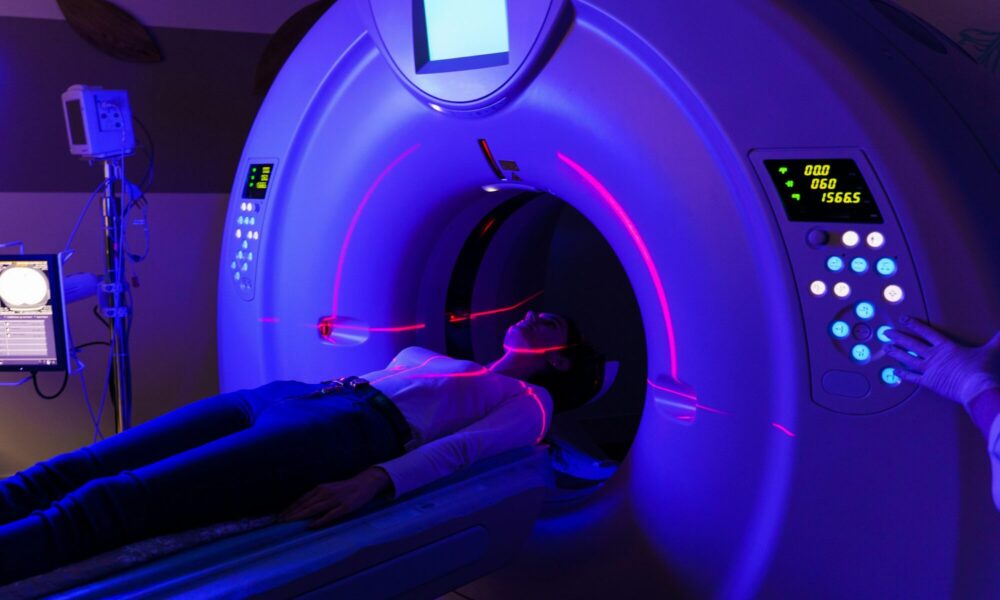Technology-Driven Pathways: How PAs Are Transitioning to MDs Faster Than Ever

The healthcare industry is undergoing rapid transformation—not only in the delivery of care but in how professionals advance their careers. One of the most compelling examples is the growing trend of Physician Assistants (PAs) transitioning into Medical Doctors (MDs), a shift driven by both demand and innovation. At the core of this movement lies a combination of academic bridge programs and tech-enabled learning systems that make this leap more accessible than ever.
The Rising Demand for Versatile Medical Professionals
Modern healthcare systems around the globe are dealing with a shortage of qualified physicians. Simultaneously, PAs are playing an increasingly vital role in patient care, often functioning in capacities traditionally held by MDs. These dynamics have sparked a surge in demand for PA to MD bridge programs—educational paths designed to help experienced PAs upskill and obtain full medical licensure.
However, this transition is not merely academic; it’s deeply influenced by digital innovation. From telemedicine platforms and virtual labs to AI-driven diagnostics and adaptive learning platforms, technology is enhancing both the way medicine is practiced and how it’s taught.
The Role of Technology in Medical Education
Medical education is notoriously rigorous, and adding flexibility without compromising quality is a key challenge. Here’s where modern EdTech solutions shine. Virtual anatomy labs, AI-powered tutoring systems, and collaborative case-based learning platforms are just a few examples of how today’s medical programs are accommodating the busy lives of working professionals.
For instance, leading institutions such as the American University of Antigua (AUAmed) are integrating these innovations into their academic offerings. AUAmed provides internationally recognized programs and a supportive learning environment that bridges the gap between PA experience and MD credentials.
PA to MD: Why the Bridge Matters
A PA may already have thousands of hours of clinical experience, often rivaling that of first-year residents. However, the path to becoming a physician involves mastering broader diagnostic skills, decision-making authority, and deep medical theory. PA to MD bridge programs allow qualified PAs to fast-track their education by recognizing their existing competencies while providing the necessary training to meet full physician standards.
One resource detailing this transition is AUAmed’s dedicated article on how to go from PA to MD. It outlines how aspiring MDs with PA backgrounds can benefit from tailored curricula, practical rotations, and international exposure.
These programs are not shortcuts—they’re intelligent adaptations that leverage prior knowledge while integrating cutting-edge medical instruction.
The Global Impact of PA to MD Transitions
The implications go beyond personal career advancement. When PAs become MDs, especially through tech-enabled programs, healthcare systems gain more versatile, highly trained practitioners. This is especially critical in underserved regions where physician shortages are most acute.
Additionally, internationally focused institutions like AUAmed are helping bridge geographical gaps. By training students from around the world and enabling them to practice globally, such programs contribute to more equitable healthcare delivery.
Future Trends and Opportunities
Looking ahead, we can expect even more personalized and adaptive learning solutions for healthcare professionals. AI algorithms that assess student strengths and weaknesses in real-time, VR-based surgical training, and blockchain-secured credentialing are just the beginning.
For PAs who have the ambition to become MDs, there’s never been a better time. The confluence of educational technology and innovative program design means that the path is not only possible—it’s optimized for efficiency and success.
Conclusion
The transition from PA to MD is a powerful career move one made even more feasible through advancements in educational technology and flexible program structures. Institutions like AUAmed are at the forefront of this evolution, offering future physicians a streamlined yet rigorous journey toward achieving their medical aspirations.
As healthcare systems worldwide adapt to growing challenges, enabling skilled professionals to grow into leadership roles isn’t just smart—it’s essential.

Source: Technology-Driven Pathways: How PAs Are Transitioning to MDs Faster Than Ever



